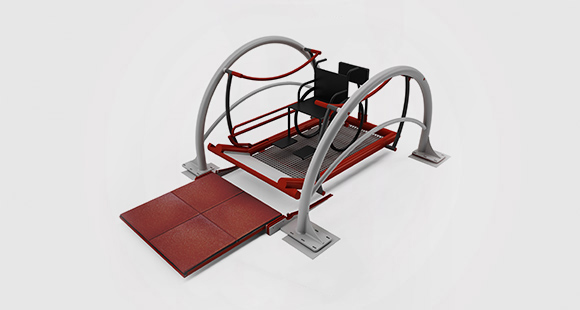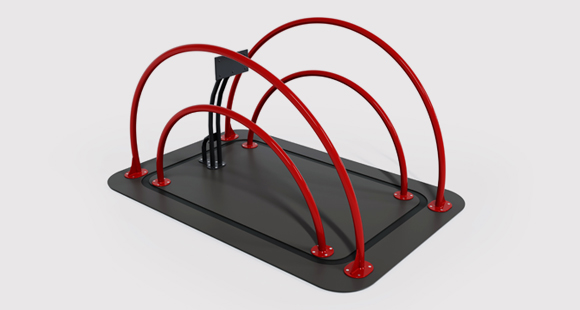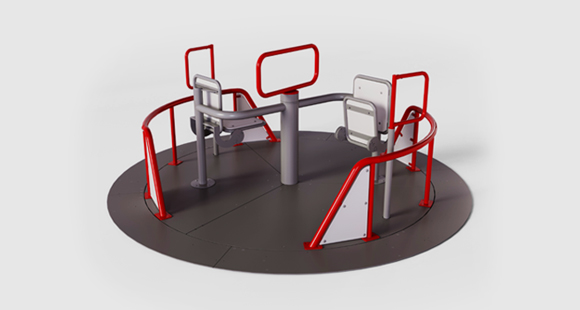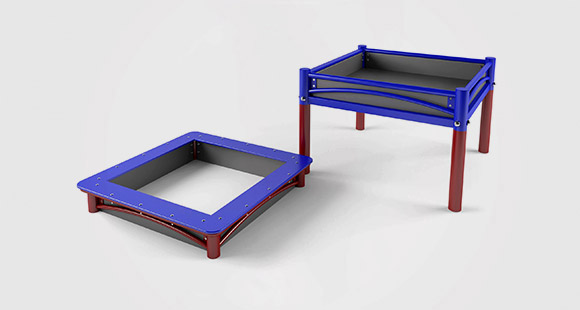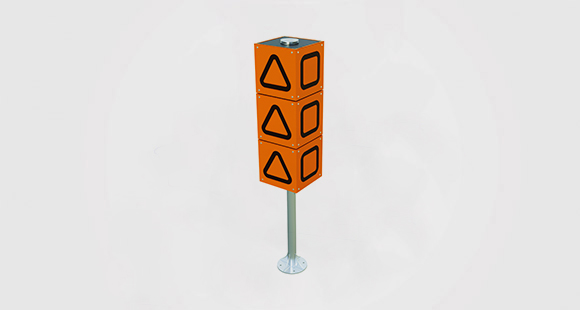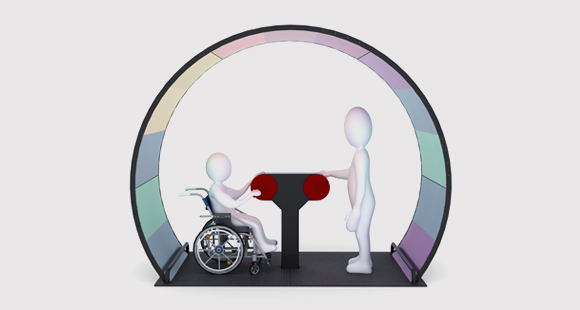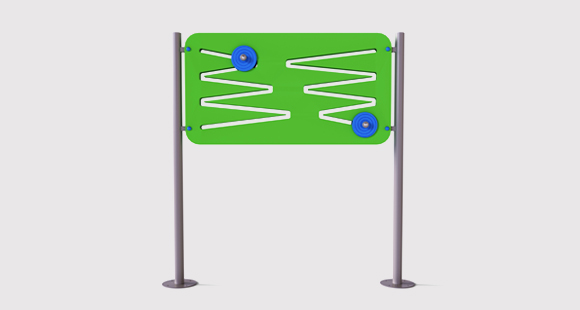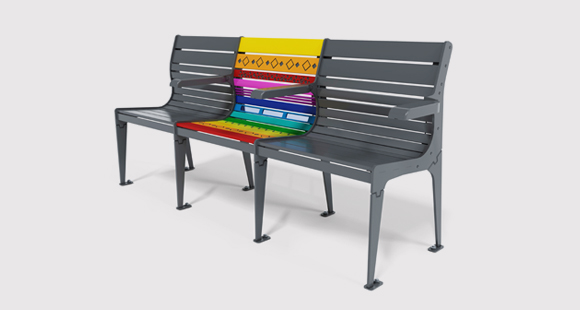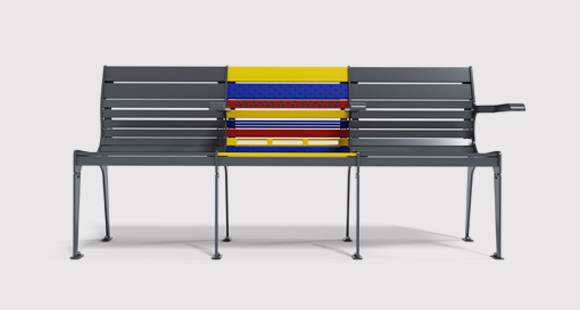Medical devices We design to help
Sensory integration on the playground
Play is a method for constant and systematic training of the way a child receives and processes stimuli, as well as how he reacts to them. It is therefore something natural for a child, regardless of whether it is able-bodied or disabled. Each of them needs it equally and each of them has many benefits for health and proper psychophysical development.
Recently, there has been a lot of talk about sensory integration in children, as well as about its disorders. Sensory development of children actually begins during fetal life, but it is most intense until about 7 years of age. How is proper sensory integration developed? Regular and intensive contact with nature and the environment as well as experiencing new stimuli gives children the opportunity to involuntarily learn to react to stimuli. Experiencing the world through contact with different textures, temperatures, colors and smells allows you to unknowingly constantly "train" the natural mechanisms of reacting to stimuli. So play is really learning, training and development.
SI therapy
Many children suffer from disorders in the way they perceive and process stimuli. This is associated with a number of motor and emotional problems. The method of sensory integration therapy, usually carried out in therapeutic facilities, consists in synchronizing the sensory systems, i.e. visual, auditory, sensory and vestibular (in other words, the sense of balance). During appropriately selected by the therapist movement games with accessories, such as: skateboards, swings, hammocks, balance beams, ladders, etc., the child works naturally, but under the supervision of a specialist, to compensate for the deficits within individual sensory organs.
Learning and fun
Is integration on the playground possible? Absolutely and it is a place where children naturally and involuntarily acquire new skills, react to emerging stimuli and have the opportunity to learn through play. The advantage of playground therapy is that children do not feel that it is therapy. They just play, together with others, not feeling that there is any special process going on.
Sensory integration therapy does not only apply to children with diagnosed disabilities - currently many healthy children have some deficits that are worth working on and the playground is the best place for this. It is therefore worth letting children discover the world by walking barefoot on various surfaces, touching different textures, materials with different temperatures and learning colors.
Developing sensory integration on the playground is possible thanks to the contact of children with various surfaces, as well as playing on the devices. Therefore, sensory paths are recommended, made of successive fragments of the surface made of different materials.
All swings, rockers and merry-go-rounds stimulate the vestibular system, while board devices develop the ability to think logically, recognize shapes, colors and textures. There are many devices powered by the strength of children's muscles, which affects the training of grip, coordination of the work of the upper limbs and increasing the range of motion.
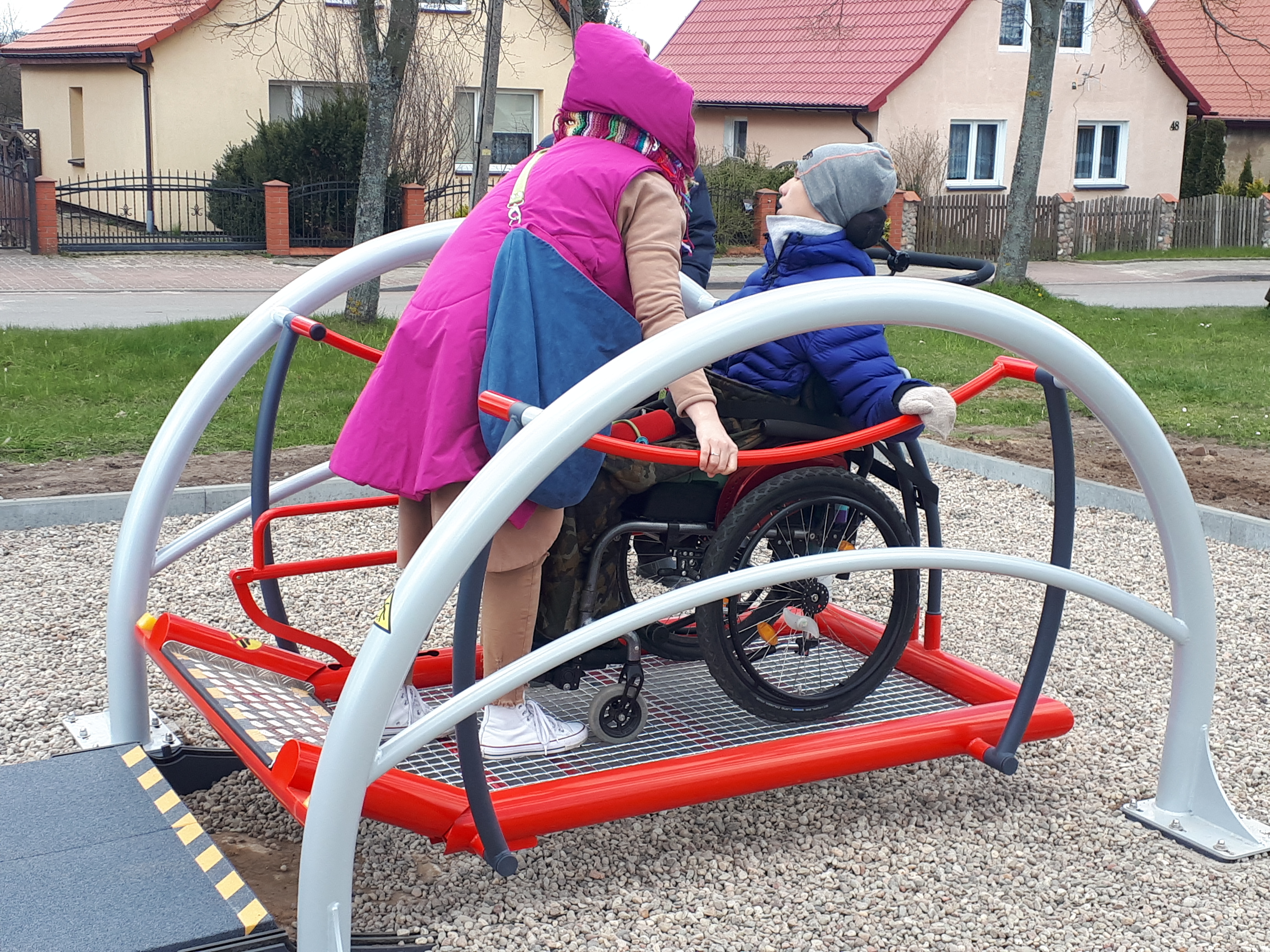
The Inclusive Swing allows to stimulate the vestibular system.
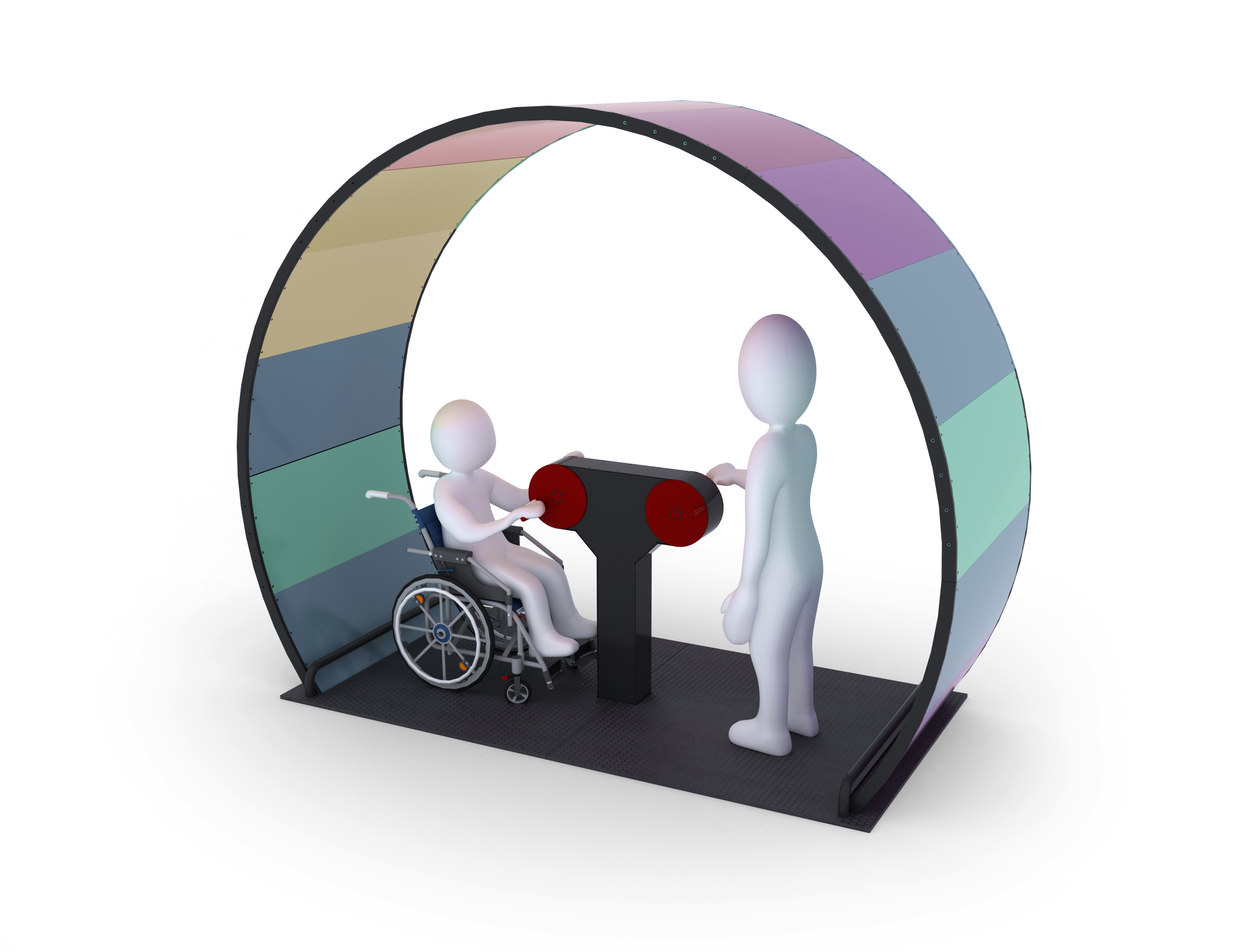
The Inclusive Spinning Wheel has semi-transparent, colorful panels that, by rotating, stimulate the development of sensory integration.
Nature is always good
What is obvious, the best thing for children is unlimited contact with nature, not only on the playground, but also on any other occasion in everyday life. In the lack of sufficient contact with nature by children, many specialists see acquired sensory integration disorders. Therefore, children should be allowed to explore the natural world, not only in the controlled conditions of playgrounds.
When designing playgrounds, it is worth doing it in such a way that there are also plants on them, of course safe for children, but as diverse as possible. Nothing can replace playing hide and seek in the bushes growing nearby or cooking sand soup with the addition of blooming dandelions. Access and the possibility of using contact with nature should be equal for everyone, regardless of the level of fitness, so access to such zones should be ensured for people with reduced mobility - moving with crutches, walkers, as well as in wheelchairs or with prams.

It is also worth designing quiet and relaxation zones where carers and parents as well as children can rest or simply spend time when they do not feel like playing. In such a zone, there should be an infrastructure that will allow all users to use it. Therefore, it is worth taking care of benches and tables available for people with disabilities, as well as a surface that will allow them to reach this zone safely.
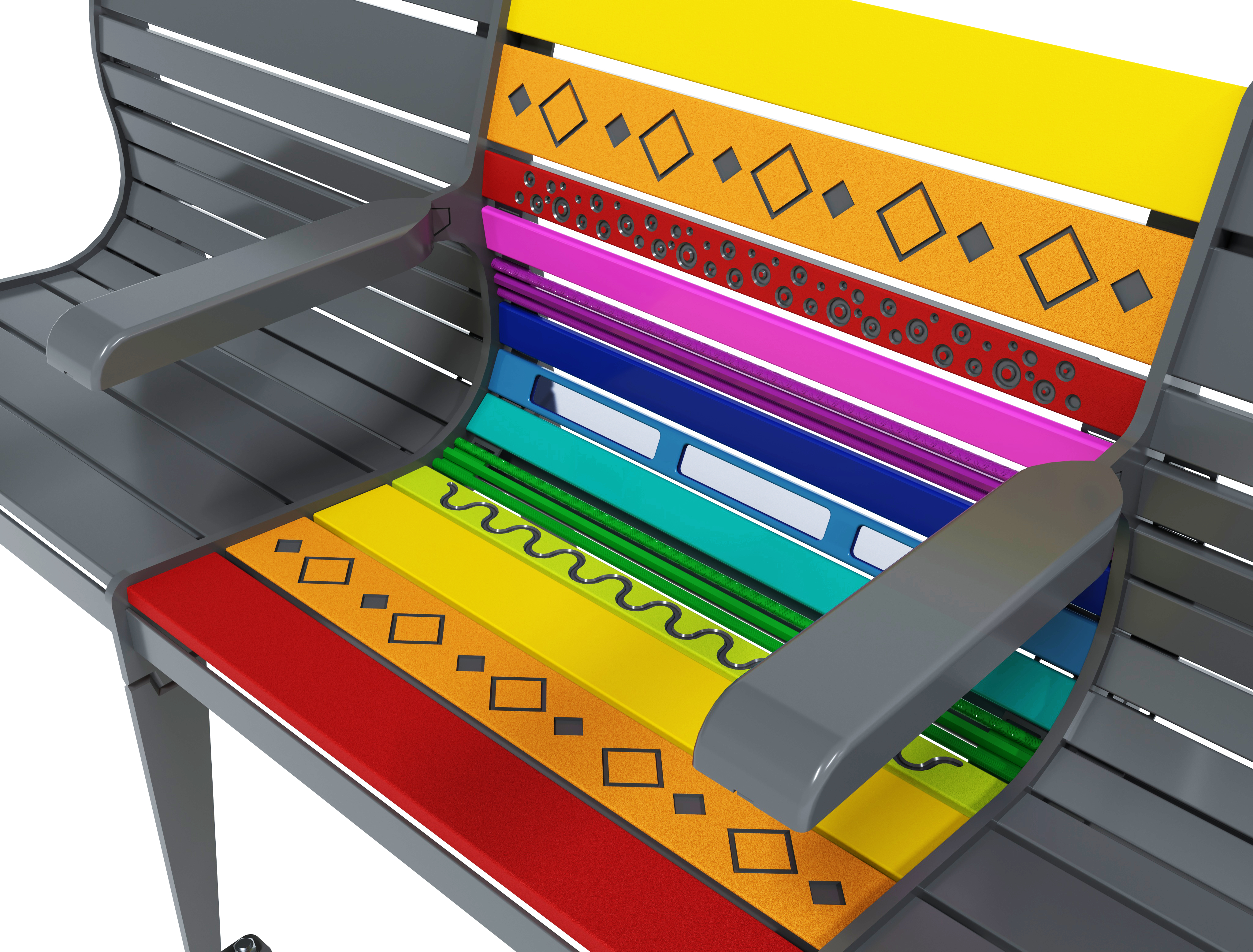
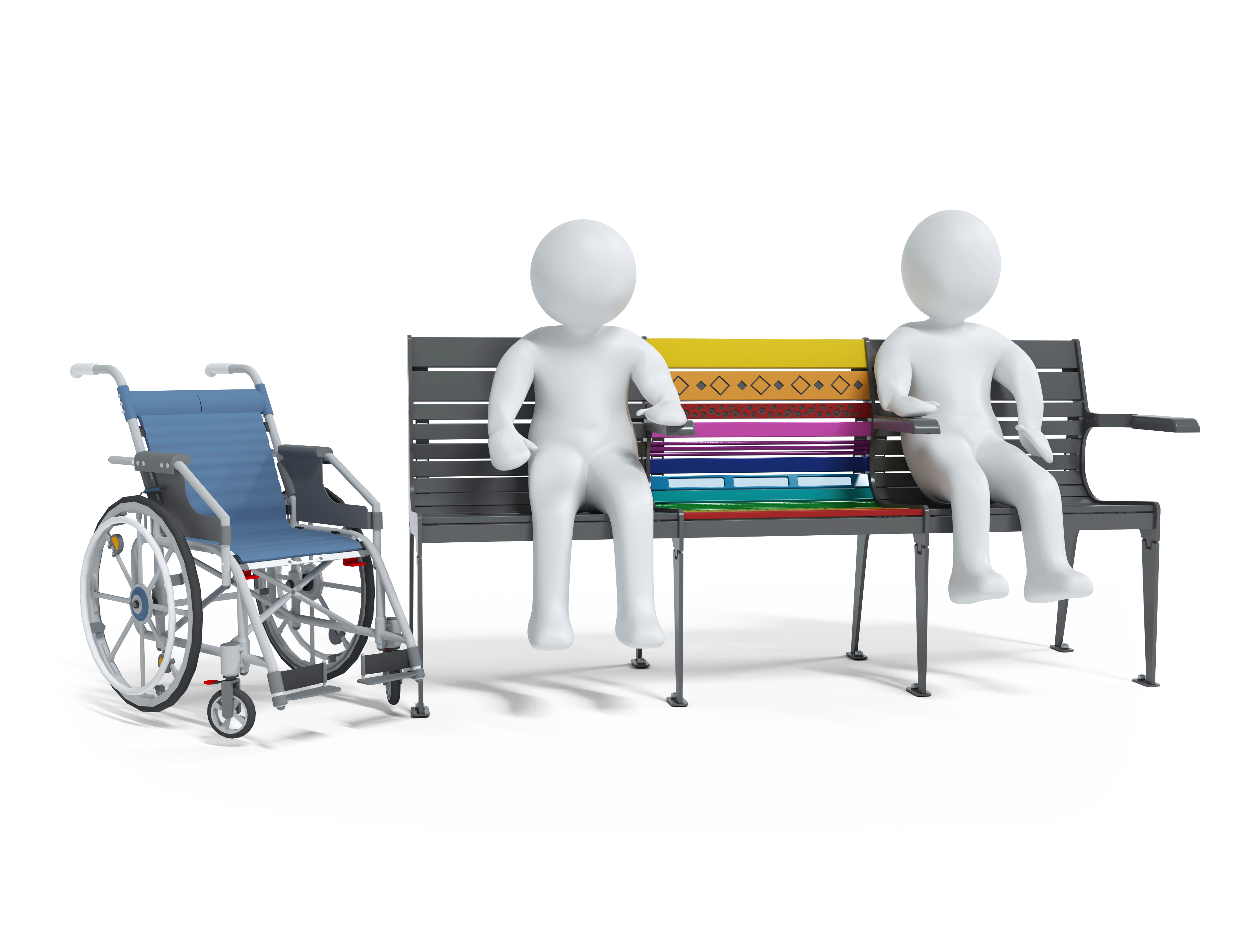
The Sensory Bench allows to use it regardless of the level of fitness, and also supports the development of sensory integration - the middle panels are made of materials with different textures, colors, temperatures and translucency.



